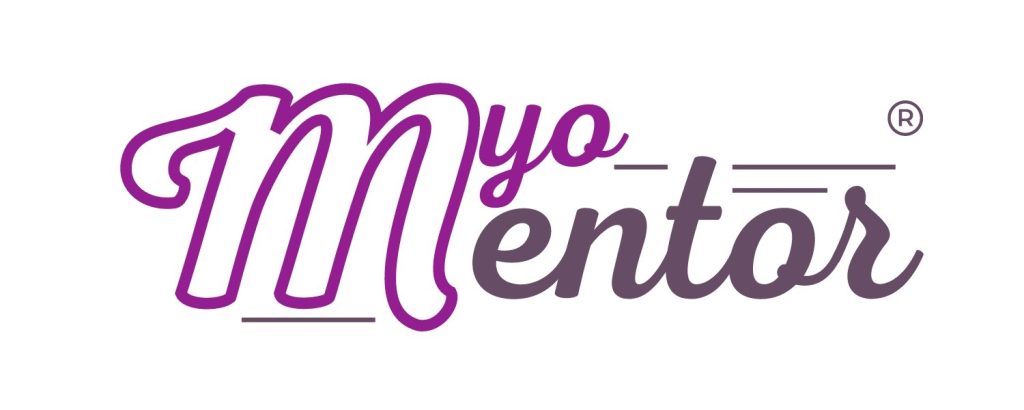
Continuous learning is essential, especially in healthcare. Although I have been a hygienist for over 30 years, it wasn’t until two and a half years ago that my understanding of how to best help patients and colleagues drastically changed—much like it did when I was first introduced to OralDNA® Labs in 2009.
Research has long shown the strong connection between oral health and overall body health, especially through the control of oral bacterial biofilm. However, one challenging aspect is understanding why some people form bacterial plaque so easily, while others do not.
Could mouth breathing be the missing piece of the puzzle?
Research has shown that mouth breathing is associated with increased levels of Strep mutans, Lactobacilli, Acinetobacter, and Neisseria. This elevation in specific bacteria heightens the risk of dental caries and periodontal disease. Salivary tests, such as OralDNA Labs’ MyPerioPath® and OraRisk® Caries, can identify the specific bacteria impacting oral health.
However, traditional home care may not be sufficient to control these bacteria when mouth breathing is involved. Mouth breathing alters the oral environment, creating a drier, more alkaline pH, which further promotes the rapid growth of anaerobic bacteria that are harder to manage.
One crucial aspect that needs addressing is what causes people to breathe through their mouths. Weak tongue muscles, improper tongue function, and sometimes a tongue-tie can lead to an incorrect swallowing pattern, which may adversely affect the development and growth of the jaws.
When the tongue rests too low, the jaw and palate do not grow properly. This low tongue posture results in a narrow, vaulted palate with insufficient space for the tongue to rest comfortably against the roof of the mouth. Since the roof of the mouth forms the floor of the nasal cavity, poor tongue posture can affect nasal cavity formation. A high, narrow palate can make nasal breathing more difficult. Coupled with a weak tongue, this can cause the jaw to drop and the mouth to open, resulting in mouth breathing. This sets off a vicious cycle: mouth breathing leads to nasal congestion, which in turn reinforces the habit of mouth breathing.
The solution begins with identifying baseline bacterial levels using OralDNA lab tests. Next, evaluate contributing factors, such as mouth breathing. If mouth breathing is found to be a factor, an oral myofunctional therapist can assess and rehabilitate the muscles causing the issue. This type of therapy offers a permanent solution, improving bacterial biofilm management. After myofunctional therapy, bacterial levels can be reassessed to determine the effectiveness of bacterial control.
Jennifer Rooney is the Director of Graduate Relations at MyoMentor, an online training program for myofunctional therapy designed for dental professionals. To date, MyoMentor has trained over 1,500 graduates and is building a robust network of healthcare providers dedicated to promoting proper oral function, growth, development, and improved airway health for their patients.
References:
- Mummolo S, Nota A, Caruso S, Quinzi V, Marchetti E, Marzo G. Salivary Markers and Microbial Flora in Mouth Breathing Late Adolescents. Biomed Res Int. 2018 Mar 5;2018:8687608. doi: 10.1155/2018/8687608. PMID: 29693018; PMCID: PMC5859862.
- Fan C, Guo L, Gu H, Huo Y, Lin H. Alterations in Oral-Nasal-Pharyngeal Microbiota and Salivary Proteins in Mouth-Breathing Children. Front Microbiol. 2020 Oct 9;11:575550. doi: 10.3389/fmicb.2020.575550. PMID: 33154739; PMCID: PMC7586306.
- MyoMentor®: Mouth Breathing the Missing Piece - September 20, 2024
- Periodontal Disease, Sleep, and a Water Bottle – What’s the Connection? - June 17, 2022
- Caries Risk Assessment Duo: The Canary System® and OraRisk® Caries - December 21, 2018

